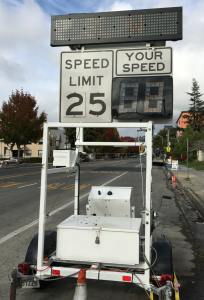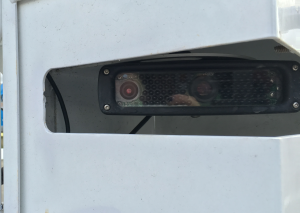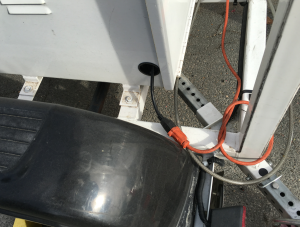The Center for Human Rights and Privacy recently discovered that the Alameda County Sheriff installed a license plate reader at the entrance to Highland Hospital’s emergency room. The information was included in a list of 29 agencies that submit license plate reader to the Northern California Regional Intelligence Center (NCRIC), a local joint fusion center.
However, when the East Bay Times asked about its license plate readers in February 2017, the Alameda County Sheriff’s Office reported that it had about six license plate readers, mounted to patrol cars and didn’t mention the license plate reader at Highland Hospital.
Although the license plate reader was installed as part of an Alameda County General Services Agency project, it appears that the Alameda County Sheriff configured the license plate reader to send its images and data to NCRIC. The Alameda County Sheriff signed a Memorandum of Understanding with NCRIC in October 2014 regarding license plate reader data. According to NCRIC, the Alameda County General Services Agency did not have a MOU with NCRIC as of November 20, 2017.
The license plate reader has two cameras to capture images of vehicles and license plates as vehicles enter the emergency room drop-off area of Highland Hospital from E. 31st Street.
According to information from NCRIC, the license plate reader captured data from 293,148 vehicles from December 2016 to October 2017. Earlier data was not available. Once the information is submitted to NCRIC, it is made available to dozens of agencies, including Immigration and Customs Enforcement (ICE) and Homeland Security Investigations (HSI), which can use it to identify undocumented immigrants for deportation.
The license plate reader was installed as part of a project to replace the Acute Tower at Highland Hospital in 2014. According to a change order for the project, installation of the license plate reader cost $74,622. The license plate reader is from 3M and was previously known as the SpikeHD P382.
In addition to the photos below, the license plate reader can be seen in Google’s Street View.
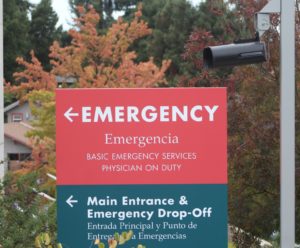
Alameda Co. Sheriff license plate reader at Highland Hospital
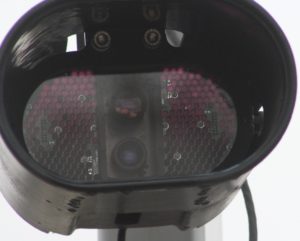
Closeup of Alameda Co Sheriff license plate reader at Highland Hospital in Oakland
Coverage in the East Bay Express: Highland Hospital Surveillance Stirs Concerns
